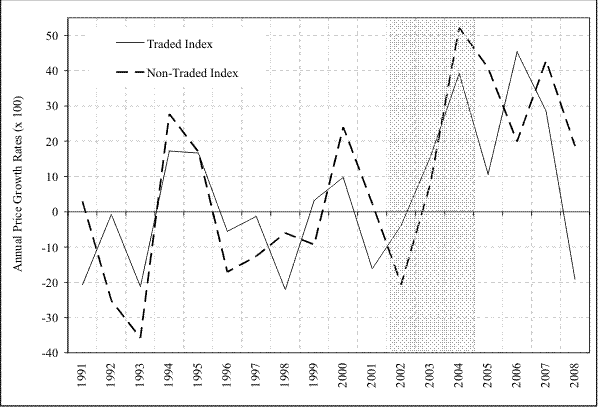How To Spot The Difference Between Value Growth Funds
Post on: 31 Июль, 2015 No Comment

Investing your money — Mutual funds
May 23, 1993 | By Werner Renberg
A s you watch for ideas for an equity fund to add to your portfolio, you keep reading that »value funds» have been outperforming »growth funds» in the past year.
Value funds invest in value stocks, which, according to a common, brief definition, are stocks that sell for less than the values per share of companies’ assets. They contrast with growth stocks, usually defined as stocks of companies whose earnings are showing solid growth.
Though correct, the definitions are insufficient. Because growth stock investors are unlikely to load up on stocks that sell for more than the values of underlying assets and value stock investors are unlikely to chase stocks of companies whose earnings are falling, they don’t really delineate the differences between the two.
To understand the differences between value and growth stocks — and the equity funds that invest in them — you need to acquaint yourself with criteria that portfolio managers use when they screen the 6,000 or so stocks available today. Some major ones:
Price-book (p-b) ratio. The ratios of share prices to the issuing companies’ book values per share are likely to be low for value stocks but high for growth stocks.
Price-earnings (p-e) ratio. Prices of value stocks are likely to be a low multiple of their earnings per share while growth stocks are likely to have high p-e ratios.
Earnings growth. Earnings per share of growth stocks tend to grow at faster rates than those of value stocks.
- Dividend yield. Dividends paid on value stocks are likely to be a higher percent of their market prices than those paid on growth stocks; some growth stocks pay no dividends at all.
To provide money managers and investors benchmarks against which to compare the performance of their growth- or
value-oriented stock portfolios or equity funds, investment data firms have developed growth and value stock indexes in recent years.
With BARRA, an investment technology and consulting company, Standard & Poor’s divided the 500 stocks constituting the S&P 500 Index into growth and value stocks to make up the S&P/BARRA Growth and Value Indexes. The division was based on price-to-book data.
The Value Index consists of 328 companies, whose market capitalization, or share price times number of shares outstanding, ranges from Exxon’s roughly $80 billion to the $63 million of Westmoreland Coal. The Growth Index consists of 172, whose market »cap» ranges from General Electric’s $80 billion to Interlake’s $77 million.
Frank Russell Co. made a similar split of the companies which constitute the Russell 1000 Index, but classified Exxon as a growth stock. With a cap of $85 million, Wang Laboratories is the smallest in the Russell 1000 Growth Index. The Russell 1000 Value Index ranges from DuPont, $35 billion, to General Cable, $55 million.
For its clients, Wilshire Associates went further, creating value and growth indexes for large and small companies. It divided the top 2,500 companies in the Wilshire 5000 Index into the largest 750 and the next 1,750, then excluded a large number, such as IBM, that didn’t meet its criteria for growth or value. The result: value indexes of 150-200 companies each and growth indexes of 250-300 each.
No matter which index you look at, value stocks beat growth stocks last year and have continued to outperform in 1993.
Even though stocks may have reached what Michael Price calls »treacherously high values,» he said he continues to spot undervalued securities for his four Mutual Series Fund portfolios among groups »that have been clobbered.» Because he finds European stocks cheaper, he also has been investing abroad increasingly — especially for his new Mutual Discovery Fund, which is concentrated in small companies.














